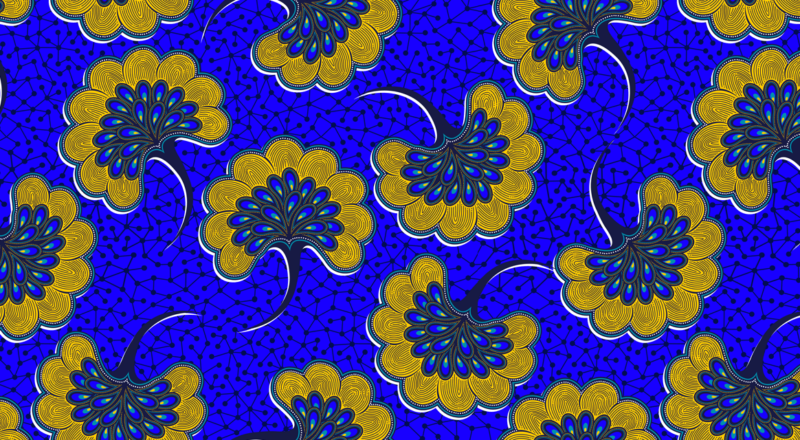The Chinamwali ceremonies, deeply rooted in Cheŵa-speaking communities across Malawi, Zambia, Zimbabwe, and Mozambique, represent initiation rituals exclusive to Cheŵa women.
In this recording, we hear the women leading the ceremony calling upon the Chief of the Kasungu district to grant his authority for the traditional rituals to begin. Reed mats are laid out for the initiates to sit upon in the homestead where the ceremony will commence.
Chief Njombwa, Spread Out The Mat
Chief Njombwa, spread out the mat
The initiation ceremony is set, it is coming…






